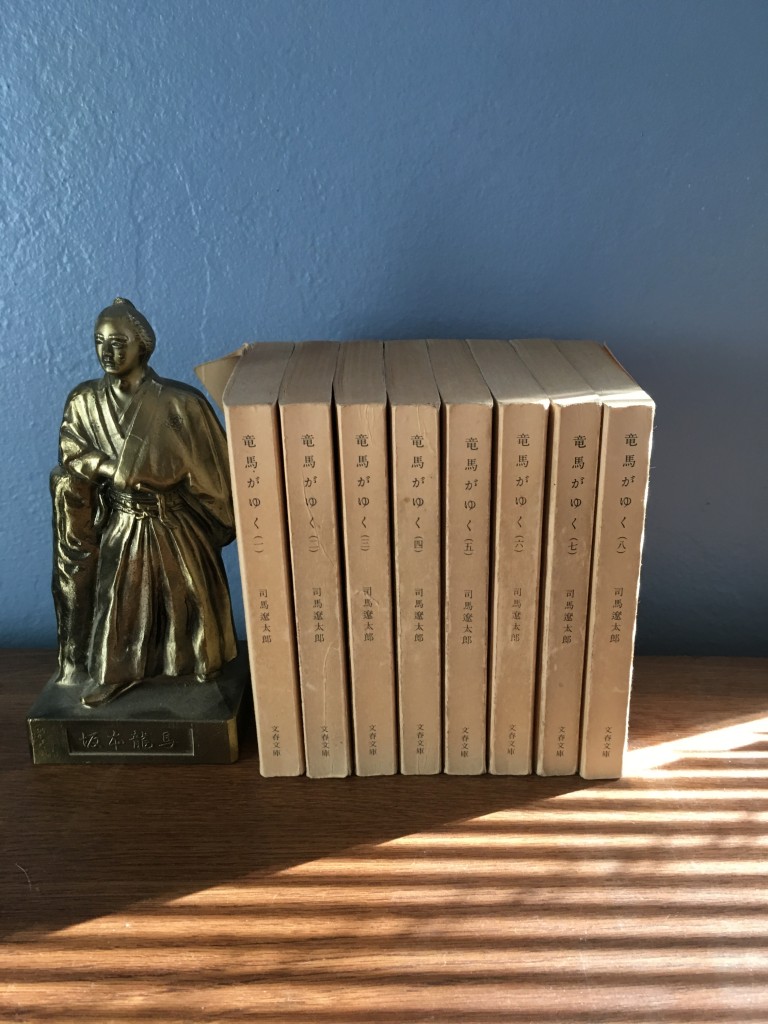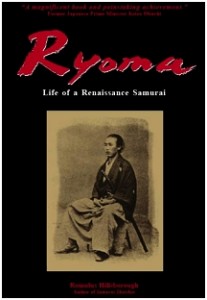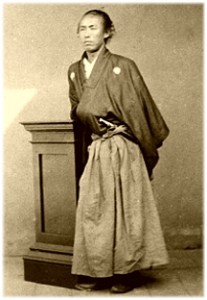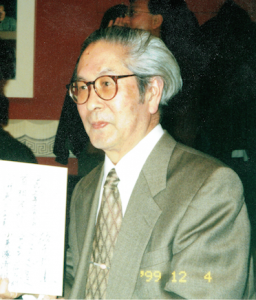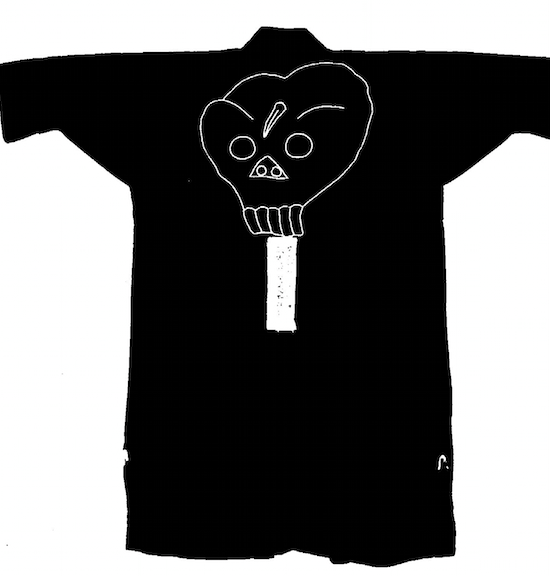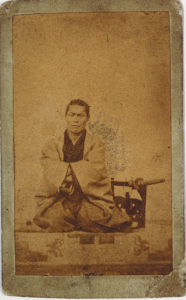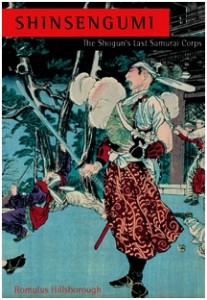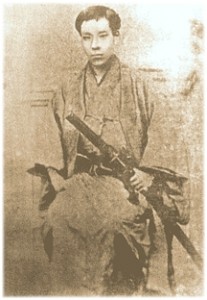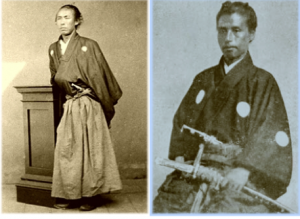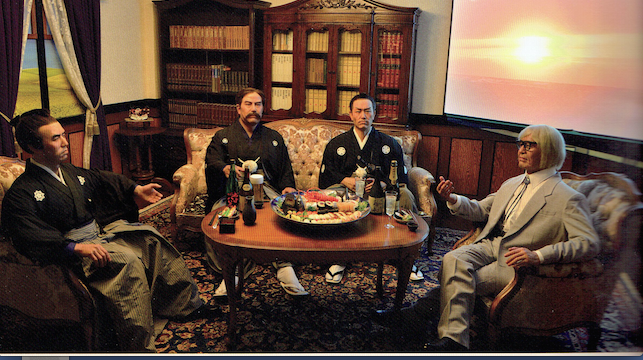
Among my favorite Japanese writers is the prolific historical novelist Shiba Ryotaro (1923 – 1996), whose masterpiece Ryoma ga Yuku immortalized Sakamoto Ryoma in the psyche of the Japanese people. Originally published in serial form in the national newspaper Sankei Shimbun in 1962, this epic of the life and times of Sakamoto Ryoma comprises eight paperback volumes in its current printed form. My other favorite books by Shiba include Moeyo-ken, which focuses on Hijikata Toshizo, vice commander of the Shinsengumi; Yotte Soro, whose protagonist, Yamauchi Yodo, the flamboyant daimyo of Ryoma’s native Tosa, played an important role in this history; Hitokiri Izo, the haunting portrait of the notorious assassin Okada Izo; and Saigo no Shogun, about the life and times of the brilliant last shogun, Tokugawa Yoshinobu. Among these, Yotte Soro and Saigo no Shogun have been published in English under the respective titles of Drunk as a Lord (Yodo’s nom de plume was Geikaisuiko, “Drunken Lord of the Sea of Whales,” for the rich bounty of whales off the Tosa coast), and The Last Shogun: The Life of Tokugawa Yoshinobu.
I was introduced to Sakamoto Ryoma and the epic history of the Bakumatsu (i.e., the final fifteen years of the Tokugawa Shogunate: 1853 – 1868) through Ryoma ga Yuku, when a friend gave me a copy of Vol. 1, sometime around 1982. I owe my inspiration for my historical novel, Ryoma: Life of a Renaissance Samurai, to Shiba’s book.
The above photo from Ryoma Rekishikan, a museum in Kochi, Japan, shows one of 27 scenes of wax figures, some historical others personal, from the life of Sakamoto Ryoma. The fourth scene on the tour depicts Ryoma’s birth in Kochi in 1835. Scene 26 shows the gruesome assassinations of Ryoma and his friend Nakaoka Shintaro in Kyoto in 1867. The final scene, number 27, depicts four immortals, perhaps discussing the state of Japan and the world today: Shiba Ryotaro sits opposite Ryoma, joined by Mitsubishi founder Iwasaki Yataro (left) and Nakaoka.
Below is a photo of my set of Ryoma ga Yuku, the jackets long since worn out.
For updates about new content, connect with me on Facebook.
